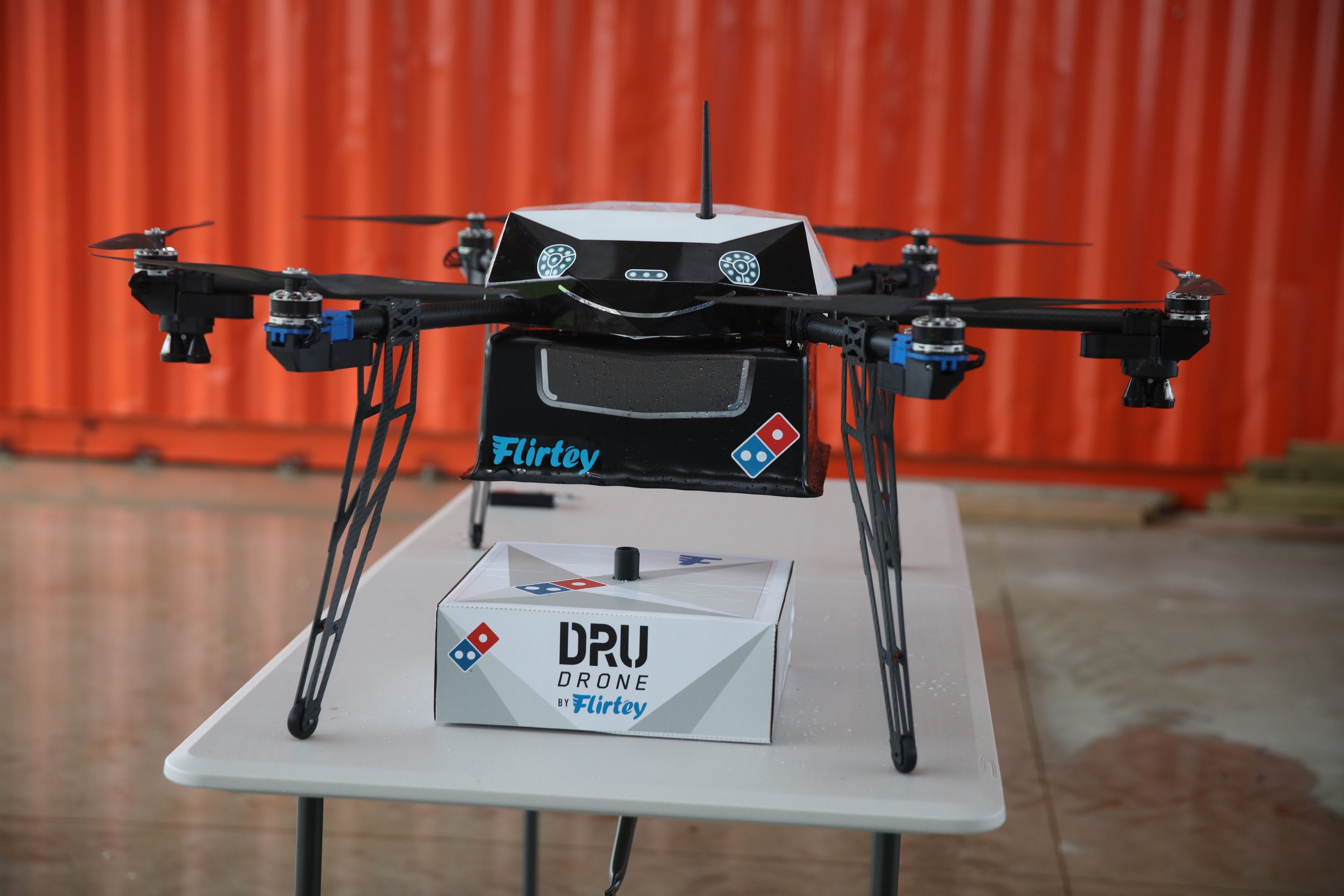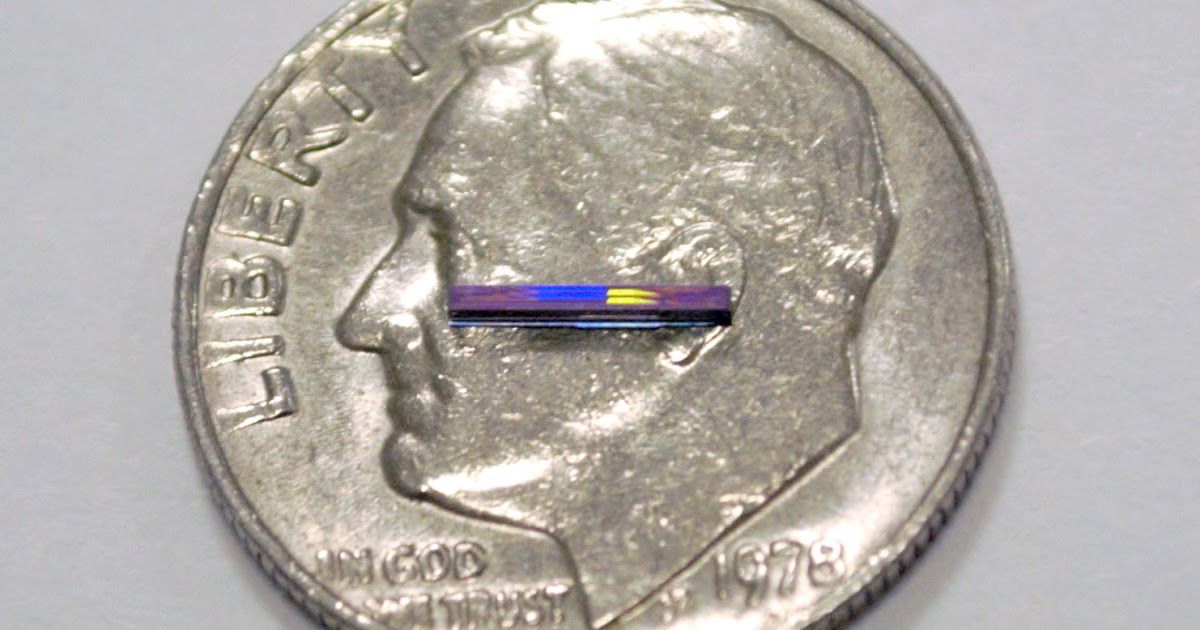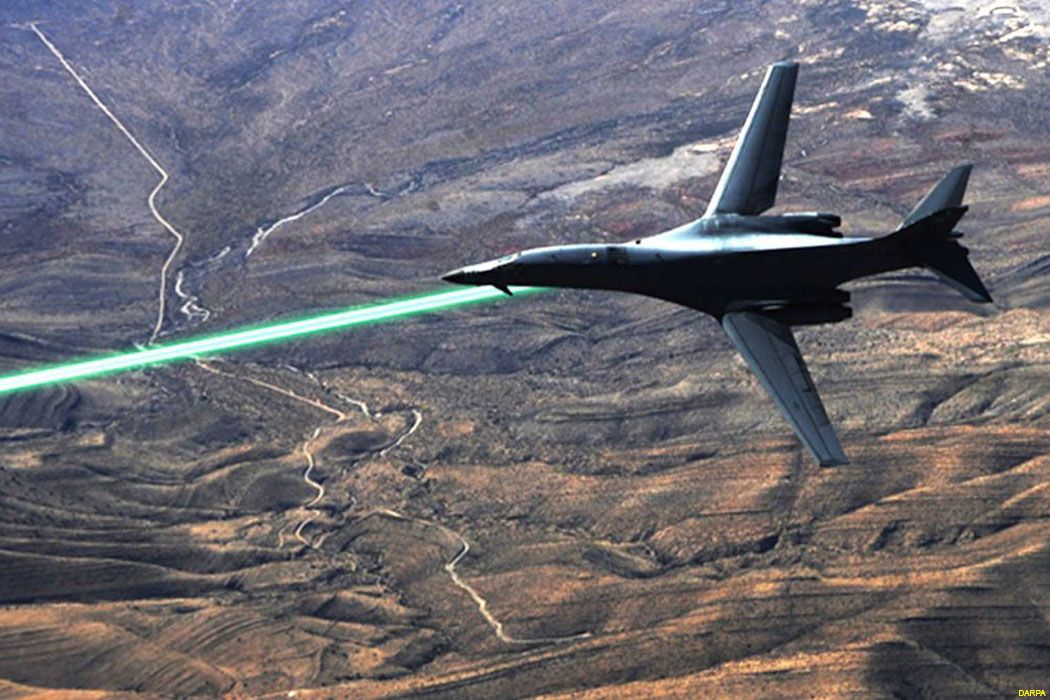Where drones and robots use plastic balls to fight to the death.
Category: drones – Page 160
This Egg-Shaped Drone Shoots 4K Video
FLYING. EGG.

Flirtey flies pies for Domino’s in New Zealand
Domino’s Pizza Enterprises has demonstrated delivery of hot pizzas by drone in Auckland, New Zealand.
The company has a long history of embracing high-tech concepts. Last year, they tested out a four-wheeled, driverless pizza delivery vehicle. And in 2012, Domino’s launched a casual build-a-pizza game that also let players order the pizza they built digitally for real life delivery.
The company also uses e-bikes and electric scooters for delivery. In a press statement, Domino’s Group CEO and Managing Director Don Meij said:

Inside the killer robot ‘arms race’ where the world’s five leading superpowers are secretly preparing for an all-out futuristic war
GAME OF DRONES
WORLD superpowers are engaged in a feverish “arms race” to develop the first killer robots completely removed from human control, the Sun Online can reveal.
These machines will mark a dramatic escalation in computer AI from the drones and robots currently in use, all of which still require a human to press the “kill button”.

DARPA Wants You! To Down Rogue Drones
Ever wanted to down a neighborhood nuisance drone and couldn’t? Or maybe you have some frustration that has built over time and want to release it. Well, here is your chance. DARPA wants you to down a rogue drone.
The Pentagon’s futuristic think tank is thinking about how to stop errant drones and it wants the public’s help. The Defense Advanced Research Projects Agency’s Tactical Technology Office this week announced a request for information to help create “novel, flexible, mobile layered” anti-drone soluti…

Prepare to Takeoff – 2016’s AUS&R Unmanned Systems and Robotics Convention
Anyone, planning to attend this November? It looks like the who’s who in Drones and Robotics.
The post is also available in: Hebrew :הכתבה זמינה גם ב
The Unmanned Systems and Robotics AUS&R 2016 international convention has been attracting the attention of world’s leading states and defense industries, including the US, India, Germany, DARPA governmental agency and many others, which had already registered to participate.
60 international media channels will broadcast the innovative autonomous systems demos at the airshow and convention, which will be held on September 19th, 2016 at the Lago event center, Rishon LeZion.

Farewell Remote Controllers, Hello Brain Controlled UAV’s
When the Holiday season kicks off next fall (2017); I have a feeling that I may end up buying a Penny Robot or a BMI controlled drone for my niece & nephews.
The post is also available in: Hebrew :הכתבה זמינה גם ב
A new research out of Arizona State University with DARPA funding.
Using a skullcap fitted with 128 electrodes wired to a computer, researchers are able to control multiple drones using human thought and vision to guide the quadcopters wirelessly. The device records electrical brain activity and measures the movement of the drones based on parts of the brain that light up. This signal is monitored and sent to another computer that transmits a signal to the drones, making them move. Panagiotis Artemiadis, director of the Human-Oriented Robotics and Control Lab and an assistant professor of mechanical and aerospace engineering at the School for Engineering of Matter, Transport and Energy in the Ira A. Fulton Schools of Engineering, has been working with funding from the Defense Advanced Research Projects Agency (DARPA) and U.S. Air Force to develop this technology. Artemiadis has been working on brain-to-machine interfaces since 2009, but only recently made the leap to controlling more than one device.
Scientists are working on a real-life Star Trek phaser
Want to be the next Captain Kirk or Spock; we’re getting more close of being a Star Trek & Star Wars world with drones and fighter jets with death lasers, cyborgs with BMI technology, sabers being developed, and now the Star Trek phaser is being developed.
Every year Star Trek’s futuristic sci-fi technology comes closer to just being “technology.” We live in a world where video chats, communicators, and real-time translators are normal, where androids are becoming more and more realistic and food replicators are almost here thanks to 3D printing. The next step? Phasers!
Next month the Smithsonian Channel will air a two-hour Star Trek special to celebrate the show’s 50th Anniversary, which will take a look at some of the technologies the show predicted. In this just-released segment of Building Star Trek, future phaser use is predicated by laser scientist Rob Afzal of Lockheed Martin who, let’s be honest, has one of the coolest titles in the world. (“What do you do?” “I’m a LASER SCIENTIST.”)

LIDAR on a chip should be 1000 times cheaper and scan 1000 times faster to revolutionize self-driving cars, drones, and robots
DARPA and MIT are leading an effort to take what are now bulky expensive Light Imaging, Detection, And Ranging (LIDAR) systems and make them small enough to fit on a microchip.
LIDAR is one of the key parts of Google’s self driving car.
MIT’s Photonic Microsystems Group is developing a lidar-on-a-chip system that is smaller than a dime, has no moving parts, and could be mass-produced at a very low cost for use in self-driving cars, drones, and robots.
